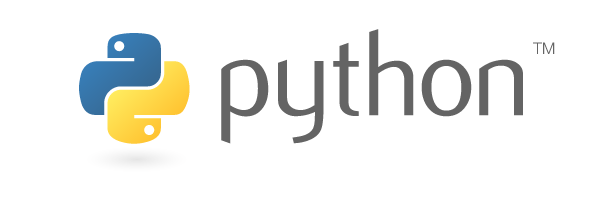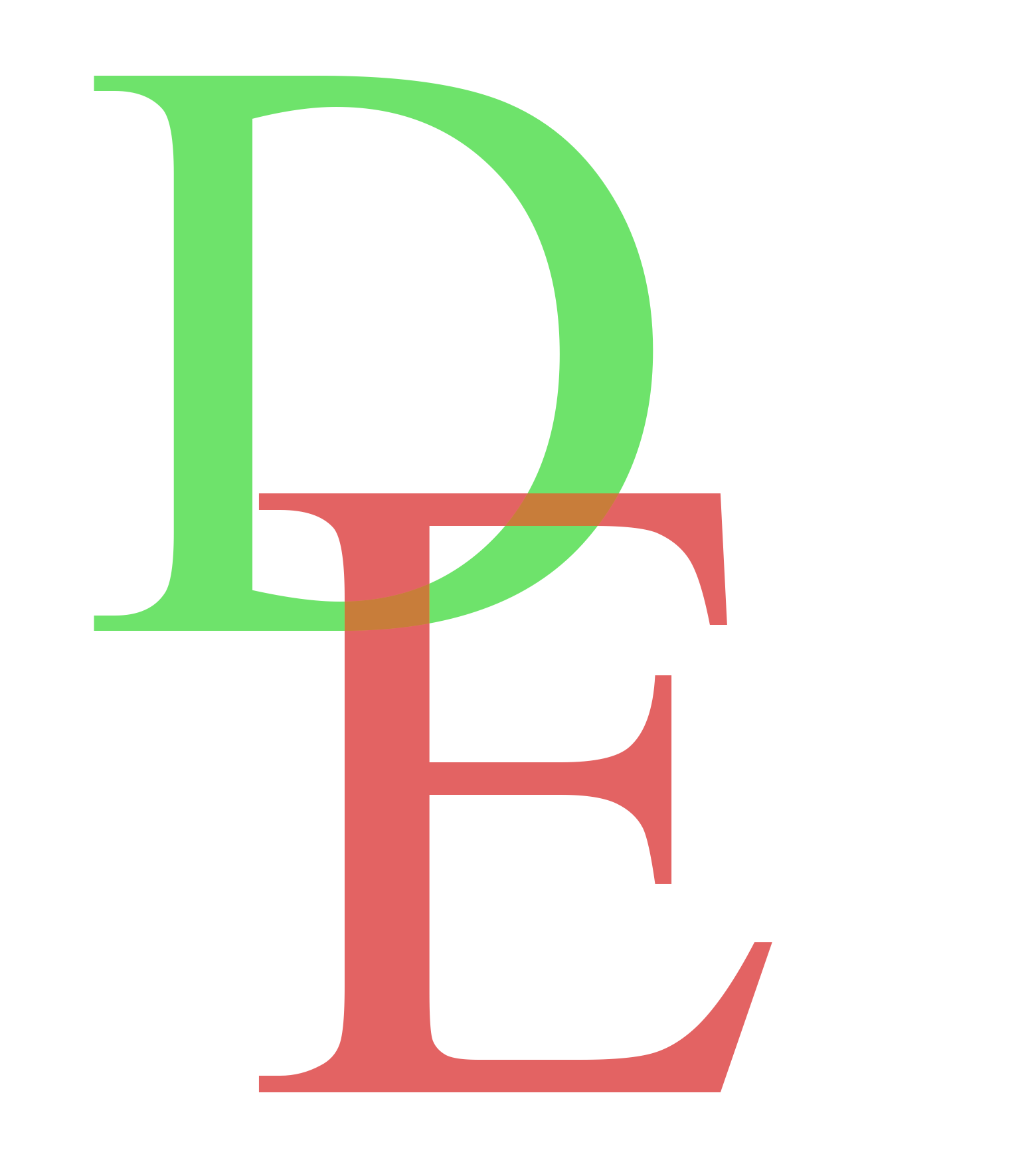
Python has several built-in data types, categorized into different groups based on their usage. Here’s a breakdown:
1. Numeric Types
- int → Integer values (e.g.,
10,-5,1000) - float → Floating-point numbers (e.g.,
10.5,-3.14) - complex → Complex numbers (e.g.,
3 + 4j,-2 - 7j)
2. Sequence Types
- str → String (e.g.,
"Hello",'Python') - list → Ordered, mutable collection (e.g.,
[1, 2, 3]) - tuple → Ordered, immutable collection (e.g.,
(1, 2, 3)) - range → Sequence of numbers (e.g.,
range(5) → [0,1,2,3,4])
3. Set Types
- set → Unordered, unique collection (e.g.,
{1, 2, 3}) - frozenset → Immutable set (e.g.,
frozenset({1, 2, 3}))
4. Mapping Type
- dict → Key-value pairs (e.g.,
{"name": "Alice", "age": 25})
5. Boolean Type
- bool → Boolean values (
True,False)
6. Binary Types (Used for handling binary data)
- bytes → Immutable sequence of bytes
- bytearray → Mutable sequence of bytes
- memoryview → Memory view object
7. None Type
- NoneType → Represents the absence of a value (
None)
